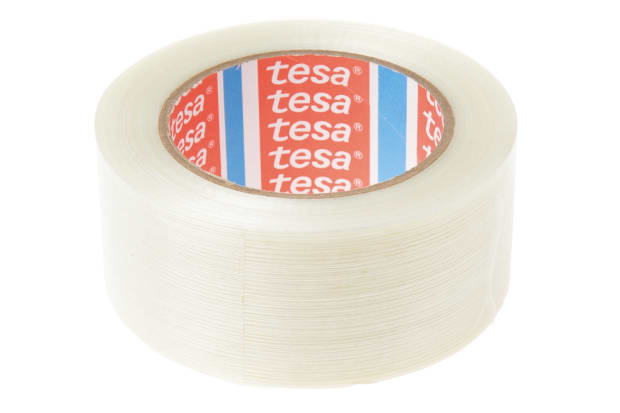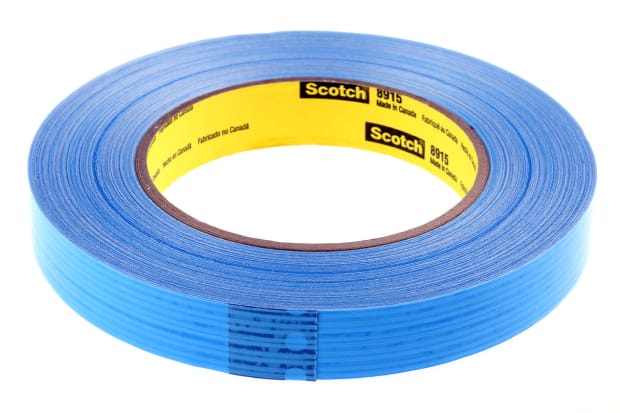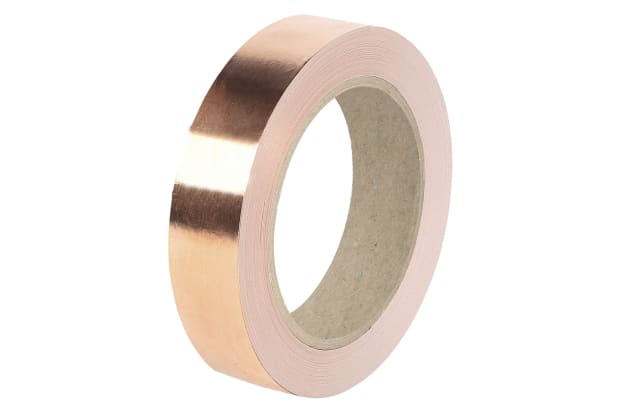- Published 1 Feb 2023
- Last Modified 29 Aug 2023
- 7 min
A Complete Guide to Packing Tape
We explain what packing tape is used for, explore the different types, and explain how to use a tape dispenser.

What is Packing Tape?
Packing tape is a familiar stationery staple. It is a sturdy tape used to seal packages, cardboard boxes, and storage cartons.
Flexible and hard-wearing, it is also known as parcel or packaging tape. Scotch tape is another commonly used term, especially in North America. However, Scotch is actually a brand name, owned by the 3M Corporation.
Parcel tape is usually brown but transparent or coloured tapes are also available. It is a pressure-sensitive product, meaning its self-adhesive properties are activated once pressed into place. Most packaging tape is made from the plastic polymers polyester or polypropylene (sometimes shortened to polyprop).
Multiple lengths, widths and thicknesses are available, but the most common include:
- 100m x 500mm
- 50m x 25mm
- 50m x 500mm
What is Packing Tape Used for?
Packaging tape is widely used both by consumers at home and in commercial settings such as warehouses, factories and shops.
Thanks to its strength and durability, packaging tape is undoubtedly the best option for sealing or resealing moving boxes - indeed any cardboard box used for transporting or storing bulky items. It is applied to the cardboard box joints to secure and seal it during transit and delivery.
It is also ideal for sealing parcels and packaging, reinforcing containers, and strapping together multiple boxes, packs or supplies on factory pallets.
Packing Tape Types
Packaging tape is available in several different types, each suited to different tasks. To make your selection, consider the task you have in mind and weigh up whether it will be used indoors or outdoors, as well as the weight of the items to be stored or conveyed.
Some manufacturers also offer personalised parcel tape. Custom colour branding can be used to highlight business logos or to promote products. Suppliers usually provide an easy-to-use online ordering system to upload branding and graphics and quickly create a custom parcel tape design.
Here are some of the principal varieties of packing tape:
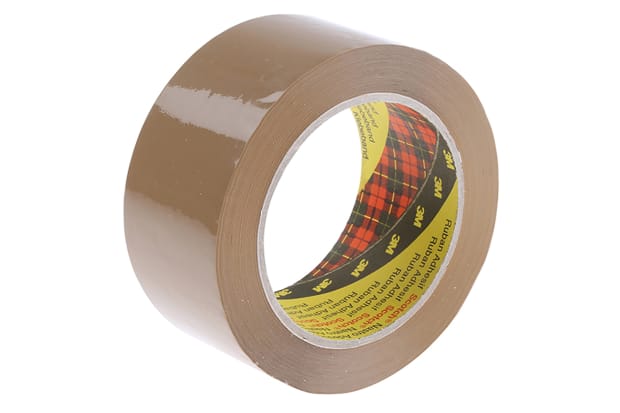
Brown Packing Tape
Brown parcel tape is the most familiar and by some margin, the biggest-selling. Used for bundling, sealing and wrapping, it is the ideal all-purpose tape for jobs that require strong and reliable seals.
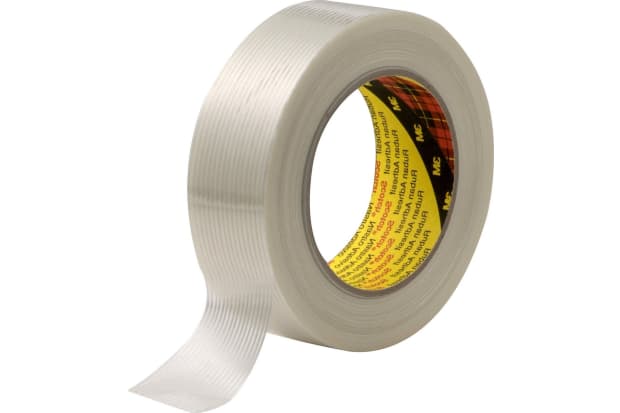
Clear Parcel Tape
Clear parcel tape is simply packaging tape made from transparent plastic. Generally made from polypropylene, this is a versatile, general-purpose tape that offers the advantage of visually unobtrusive sealing.
The brand name Scotch tape is sometimes used as a synonym for transparent tape, but in fact, manufacturer 3M also makes brown Scotch packaging tape alongside adhesive tape in other colours.
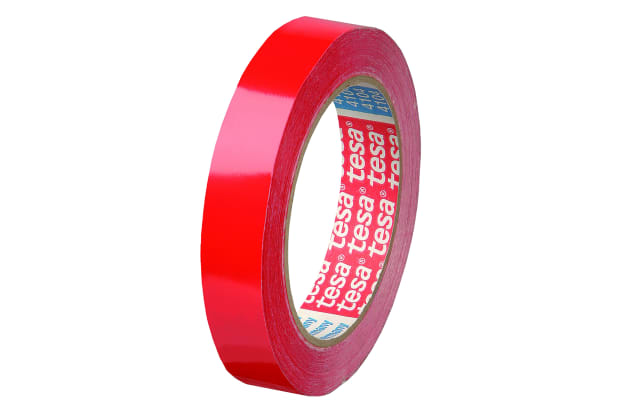
Coloured Parcel Tape
Some manufacturers offer coloured packing tape - for example, white, pink, green, orange and yellow. These are ideal for easy colour coding in warehouses, factories and other commercial environments, quickly classifying particular pallets and parcels for storage or processing purposes.
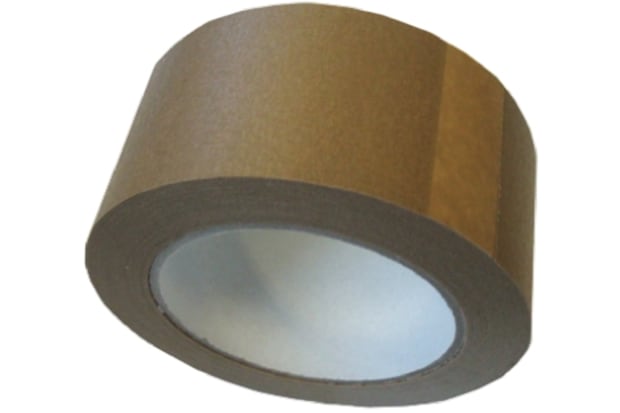
Paper Parcel Tape
Paper parcel tape is a more traditional product which has returned to favour in recent years. It features gummed, water-activated adhesive on tear-resistant paper. The adhesive activates when moisture has been applied using a special dispenser, creating a particularly strong bond in which the glue soaks right through into the neighbouring cardboard and blends with this material, making it highly resistant to tampering.
As this eco-friendly tape is made from paper, it is both biodegradable and fully recyclable.
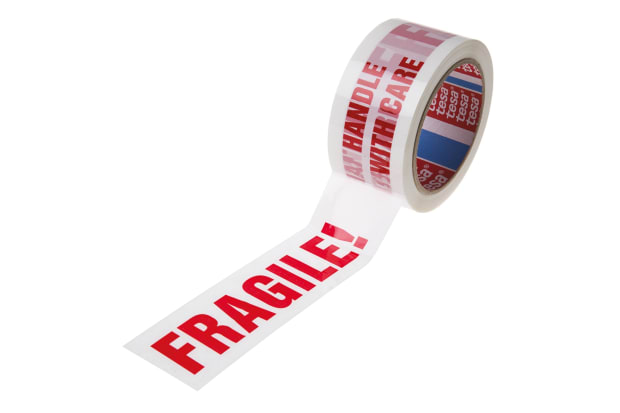
Fragile or Printed Parcel Tape
Fragile parcel tape is an eye-catching, sturdy plastic wrapping material which performs one simple, specialist function. It declares that the contents of the parcel are fragile and should be handled with care. Fragile parcel tape is a familiar sight in post offices but is also used in commercial settings which routinely ship products requiring careful handling.
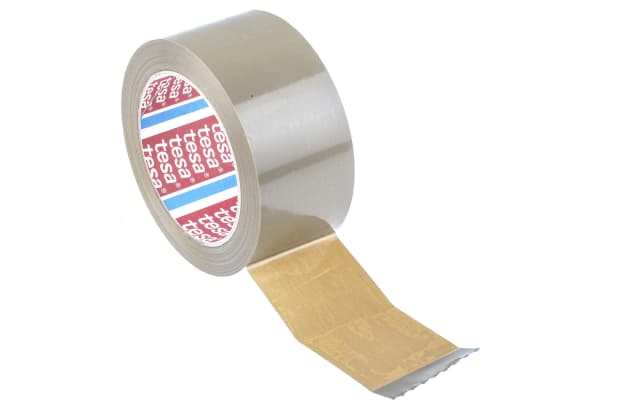
Vinyl Packaging Tape
PVC or vinyl packaging tape features greater sticking strength and tear resistance than standard polypropylene tape, but it is no harder to apply manually or via a dispenser. It also produces less noise when applied and it can withstand low temperatures without the adhesive becoming inert, making it the ideal choice for use in refrigerated environments.
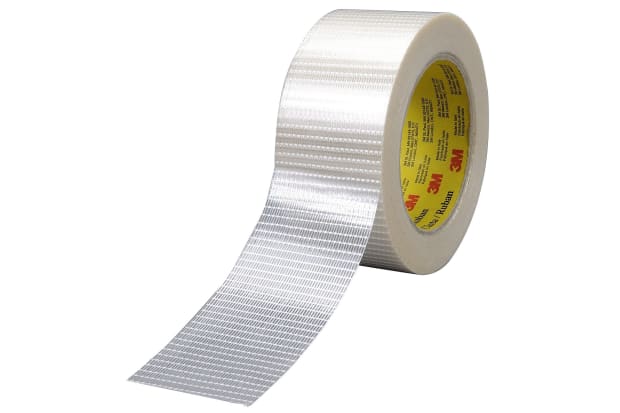
Reinforced Parcel Tape
Heavy-duty packaging tape offers additional strength for demanding jobs. Reinforcement is provided by the addition of glass filaments which make the tape much harder to rip and also provide greater sticking power. You can use strong packing tape with metals and plastics as well as cardboard and paper.
How to Use a Packing Tape Dispenser
While packaging tape can be applied manually, by simply pulling it from the roll and then cutting to the required length, it is easy for the tape to twist and tangle. Tape dispensers and tape guns are commonly used tools to avoid wastage and ensure a smooth stick.
Parcel tape dispensers are plastic cartridges which hold rolls ready for use, with the end extended towards the cutting mechanism or serrated edge where it rests until use. They are simple devices. Users pull the tape forward and then pull down vigorously to cut the tape to the required length.
Hand-held tape dispensers are often called tape guns. These work on the same principle - larger rolls of tape are fixed onto a revolving wheel, with the tape end extended to the cutting edge. Users grip the device using the large, tactile pistol-grip handle and apply the tape directly to the target surface.
This explains how to load and use a parcel tape gun:
- Fix the tape onto the wheel, making sure it is correctly aligned
- Extend the tape end to the cutting edge - typically by threading it firmly through a dispensing slot below the cutting mechanism. Make sure the tape is smooth and has not twisted or formed air bubbles
- If the gun features a pressure-adjusting handle, use that to ensure the tape is taut and ready for use
- Press the tape to the box or package and pull along the surface
- Cut the tape
For high volume professional use, tape dispensing machines are deployed on automated packaging lines, often with special low noise tape.
Packing Tape Brands
Leading brands of high-quality sticky tape include:
FAQs
Why is My Packing Tape Not Sticking to Boxes?
There are two reasons why your packing tape may not be sticking to boxes:
- Your box is made from a significant quantity of recycled cardboard. This often has a rougher surface which resists adhesion by tape
- Your box is dusty or has oil or grease on its surface. These substances also interfere with adhesion
If it is not possible to clean the surface, try applying additional tape. Failing that, replace the box!
What is the Best Packing Tape Available in the UK?
That depends entirely on the tasks for which you need the tape. The best and most cost-effective tape for one job will not be the best tape for another. 3M Scotch packing tape is amongst the biggest selling brands in the UK.
How to Get Parcel Tape Off Glass and Plastic
Packing tape can leave sticky residue on household items. To remove this, apply any household oil (e.g. mineral, olive, or lemon oil) to a cloth with a strong but not abrasive texture - for example, terry cloth - and rub. Even penetrating oils like WD-40 will do the trick.
Packaged glue residue removers are also available.
